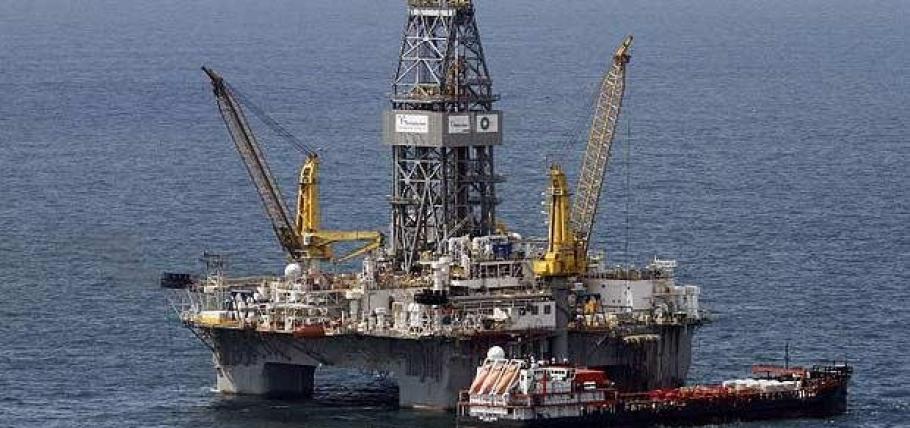Oil prices rose on Friday amid the ongoing OPEC-led supply cuts and U.S. sanctions against Iran and Venezuela, putting crude markets on track for their biggest quarterly rise since 2009.
U.S. West Texas Intermediate (WTI) futures were at $59.34 per barrel at 0802 GMT, up 36 cents, or 0.6 percent, from their last settlement.
WTI futures were set to rise for a fourth straight week and were on track to rise 30 percent in the first three months of the year.
Brent crude oil futures were up 24 cents, or 0.4 percent, at $68.06 per barrel. Brent futures were set to rise more than 1.5 percent for the week and by more than 25 percent in the first quarter.
For both futures contracts, the first quarter 2019 is the best performing quarter since the second quarter of 2009 when both gained about 40 percent.
Oil prices have been supported for much of 2019 by the efforts of the Organization of the Petroleum Exporting Countries (OPEC) and non-affiliated allies like Russia - together known as OPEC+ - who have pledged to withhold around 1.2 million barrels per day (bpd) of supply this year to prop up markets.
“Production cuts from the OPEC+ group of producers have been the main reason for the dramatic recovery since the 38 percent price slump seen during the final quarter of last year,” said Ole Hansen, head of commodity strategy at Saxo Bank.
Britain’s Barclays bank said on Friday oil prices “are likely to move still higher in Q2 and average $73 per barrel ($65 WTI), and $70 for the year.”
OPEC+ are meeting in June to discuss whether to continue withholding supply or not.
OPEC’s de-facto leader Saudi Arabia favors cuts for the full year while Russia, which only reluctantly joined the agreement, is seen to be less keen to keep holding back supply beyond September.
However, the OPEC+ cuts are not the only reason for rising oil prices this year, with analysts also pointing to U.S. sanctions on oil exporters and OPEC members Iran and Venezuela as reasons for the surge.
Despite the surging prices, analysts are expressing concerns about future oil demand amid worrying signs the global economy may move into a recession.
“The biggest short-term risk to the oil market is likely to be driven by renewed stock market weakness,” said Saxo Bank’s Hansen.
Stock markets have been volatile this year amid signs of a sharp global economic slowdown.
“Business confidence has weakened in recent months ... (and) global manufacturing PMIs are about to move into contraction,” Bank of America Merrill Lynch said in a note, although it added that “the services sector ... continues to expand unabated.”
Given the OPEC cuts, however, Bank of America said it expected oil prices to rise in the short-term, with Brent prices forecast to average $74 per barrel in the second quarter.
Heading toward 2020, however, the bank warned of a recession.







